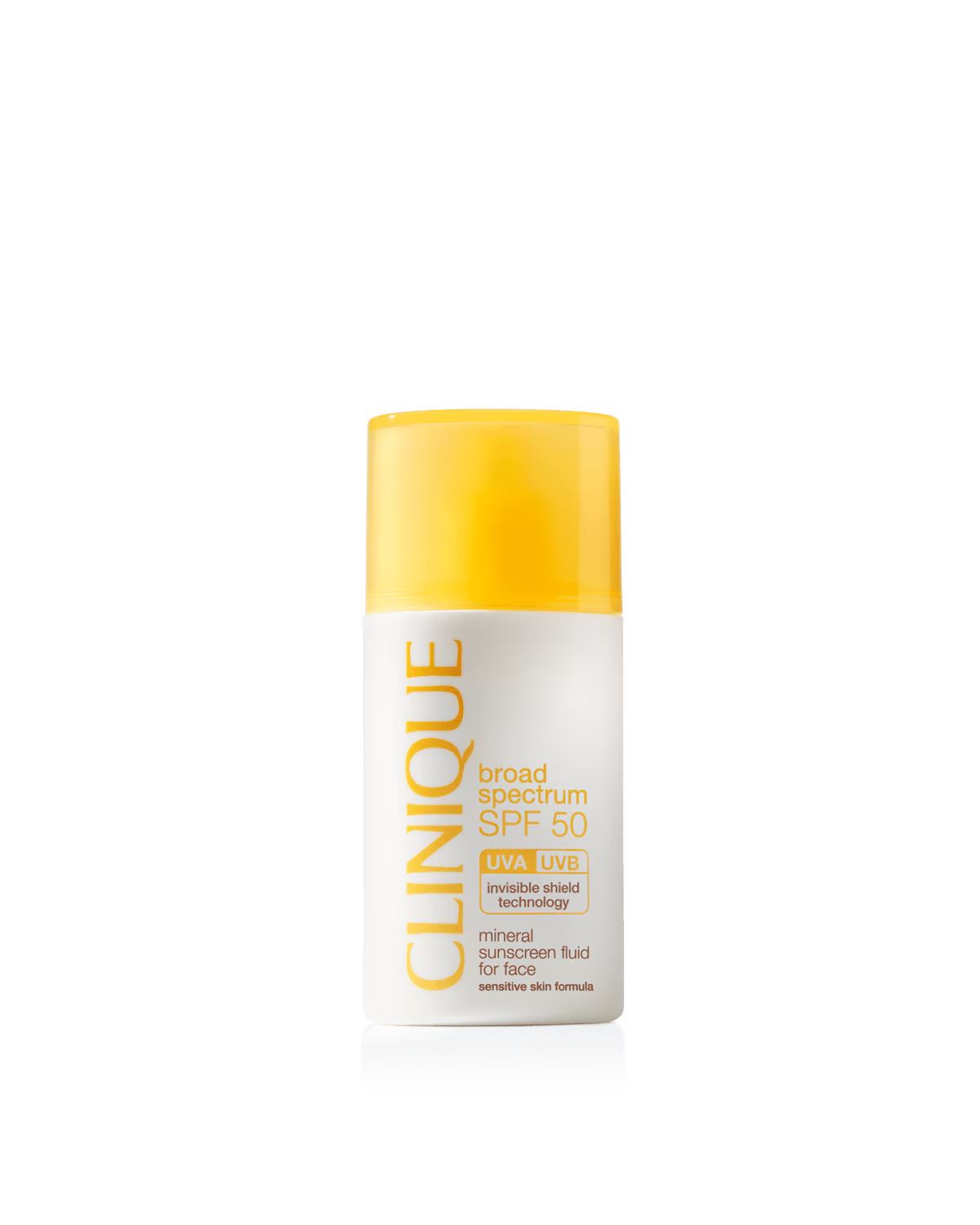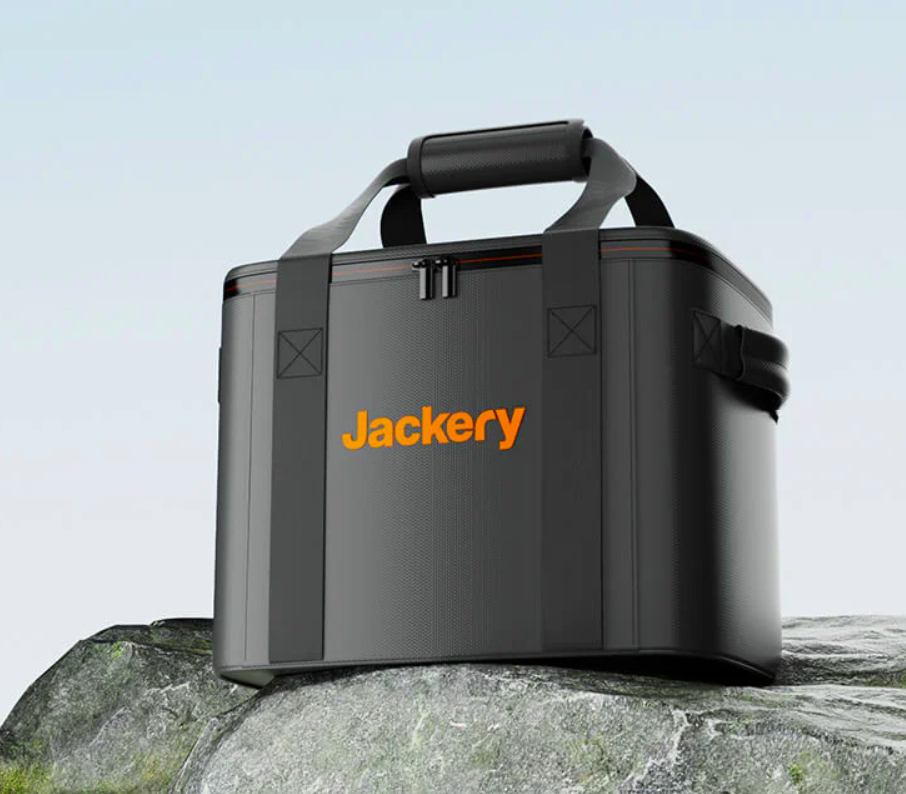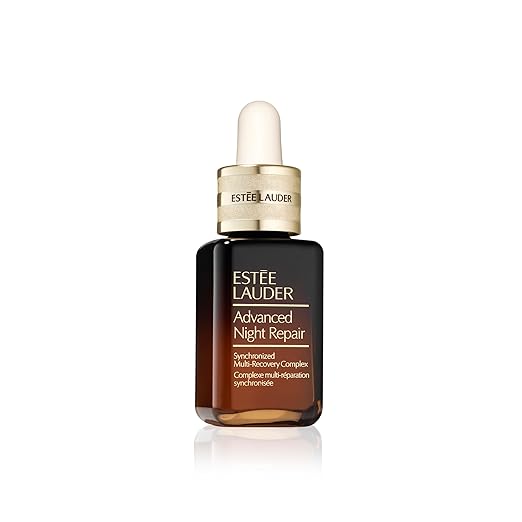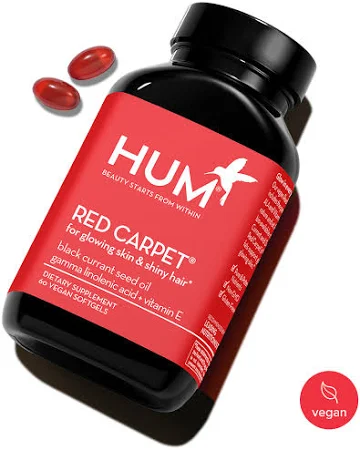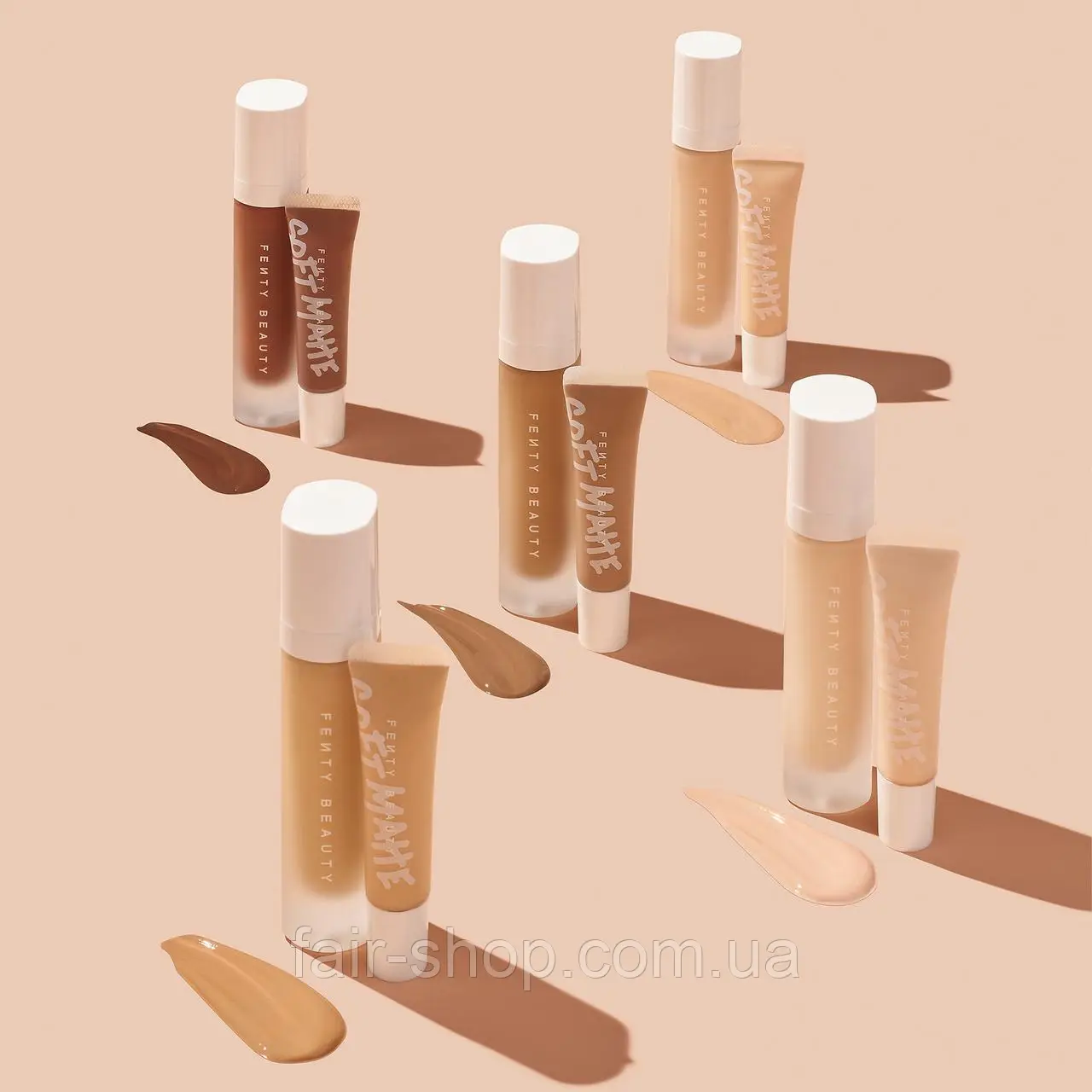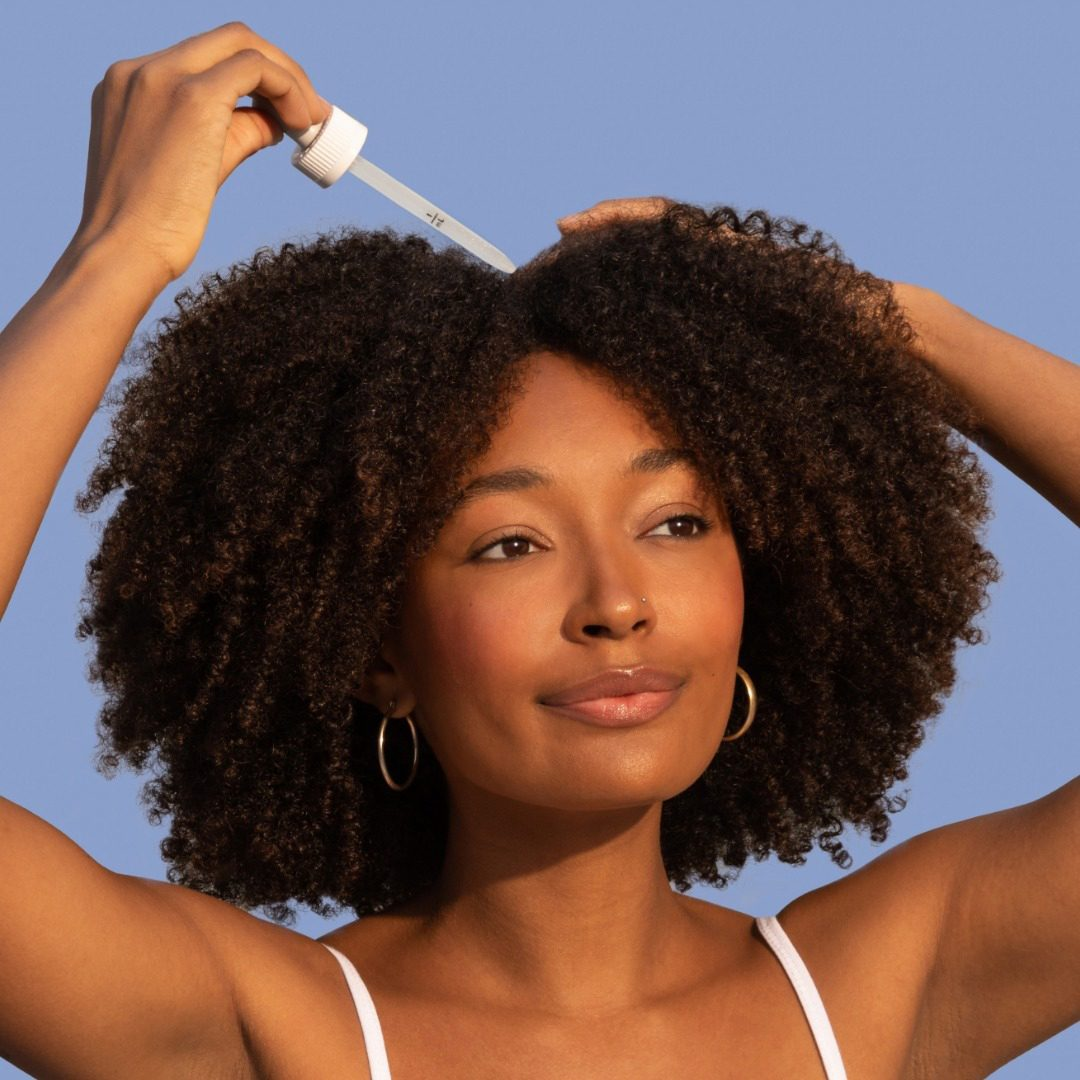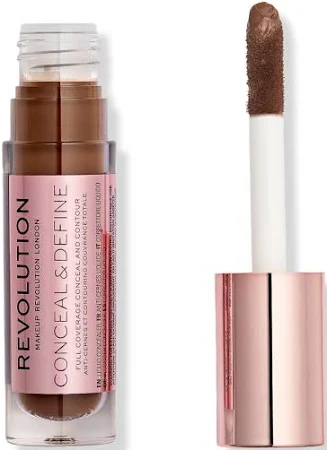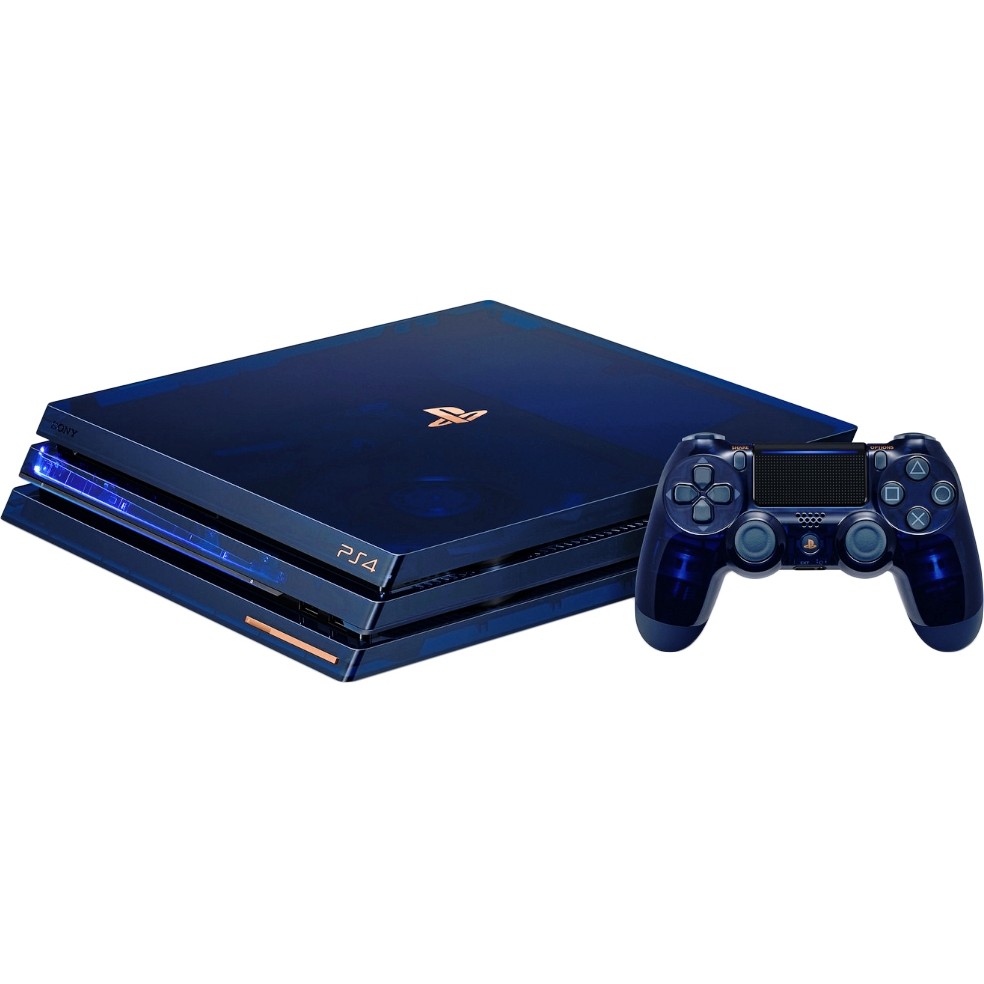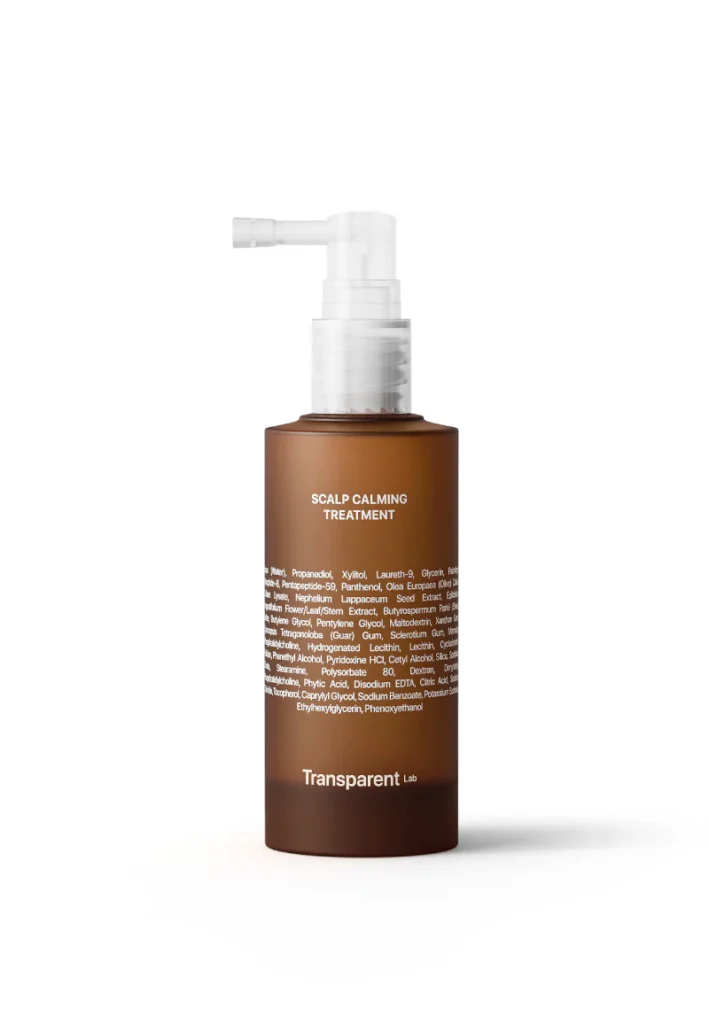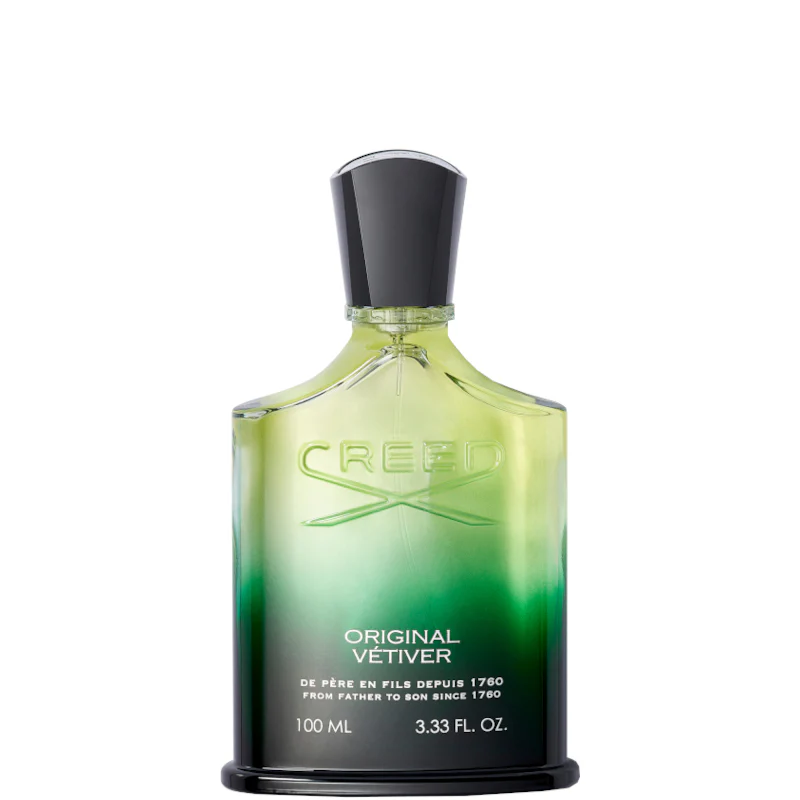Some skincare steps are optional; sunscreen isn’t. If you want calm, even-looking skin that ages gracefully, daily SPF is the highest-leverage habit you can build. In this article, we’ll turn sun care into a simple, repeatable routine: how to choose the texture and filters that suit your skin, how much to use (and where), how to reapply without wrecking your makeup, and what really matters for sports, beach days, and office life. We’ll keep the science practical and the steps short—so you actually do them—using Clinique Sunscreen Protection as your toolkit.
Shop Clinique Sunscreen Protection
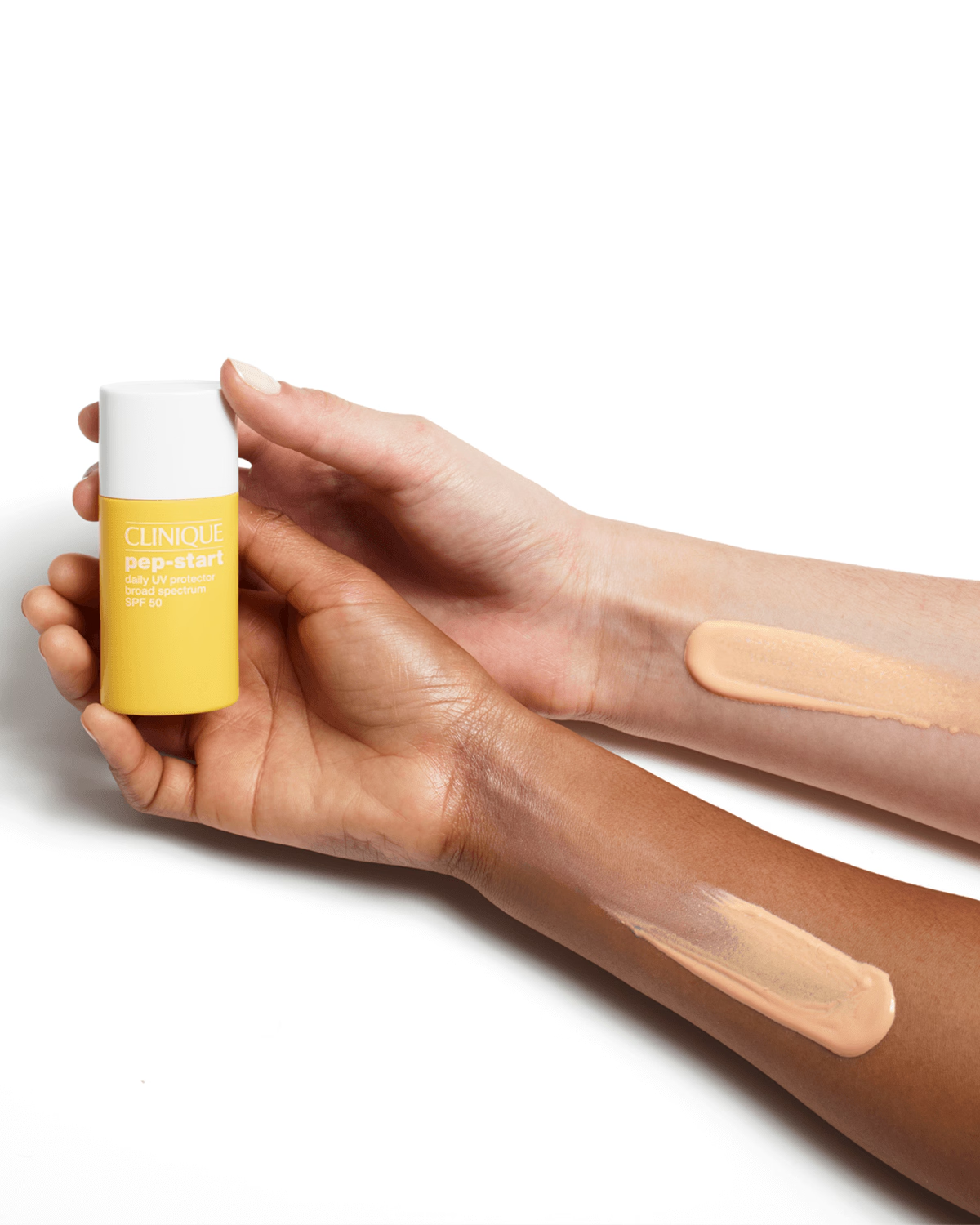
Why Daily SPF Is Non-Negotiable (Even Indoors)
UVA rays (think “A for Aging”) penetrate clouds and glass, quietly driving uneven tone and visible fine lines year-round. UVB (think “B for Burning”) peaks midday and is the classic sunburn culprit. Broad-spectrum protection covers both. If windows and weather fooled you into skipping SPF, consider this your friendly nudge: make sunscreen your last AM step, every day, 365.
For US lifestyles—commutes, screen time, gym runs—Clinique Sunscreen Protection offers broad-spectrum formulas designed to sit comfortably on skin without drama, so you get the habit without the hassle.
Picking Your Filter Type: Mineral, Chemical, or Hybrid?
You’ll see three approaches on labels:
- Mineral (aka physical) uses zinc oxide and/or titanium dioxide to deflect/absorb UV. Great for sensitive or reactive-leaning skin and for quick “slap-on-and-go” mornings. Modern mineral textures are far less chalky than they used to be.
- Chemical (organic) filters absorb UV and convert it to less energetic forms. They often feel weightless, layer invisibly under makeup, and resist sweat well.
- Hybrid blends both worlds to balance comfort, clarity, and protection.
If your skin is sensitive or you prefer immediate set-and-forget protection, reach for a mineral-leaning Clinique Sunscreen Protection. If you want an ultralight, invisible finish for makeup days, explore chemical or hybrid textures.
SPF Numbers, PA Ratings & What They Actually Mean
SPF measures UVB protection; higher = longer burn time buffer (in controlled conditions). In real life, application amount is everything. Aim for SPF 30 or higher daily; go SPF 50 for peak sun, outdoor sports, or extended exposure. For UVA, many products show “broad spectrum” in the US, and some include PA grading (more “+” signs ≈ more UVA protection).
Rule of thumb: daily city routine → SPF 30+; all-day outdoors or post-treatment skin → SPF 50+. Clinique Sunscreen Protection includes broad-spectrum options across these ranges, so you can match protection to your plans.
Shop Clinique Sunscreen Protection
Texture & Finish: Match Formula to Skin Type
- Oily / combination: Look for lightweight gels, fluid lotions, or oil-free finishes that dry down semi-matte. A good SPF should act like a primer—not a slip-n-slide.
- Dry / dehydrated: Reach for creamier lotions with humectants (think glycerin) and conditioning agents that won’t pill under makeup.
- Sensitive: Mineral-forward and fragrance-free options minimize surprises.
- Deeper skin tones: Prioritize sheer or invisible finishes; modern mineral/hybrid options reduce cast dramatically.
This is where Clinique Sunscreen Protection shines: multiple textures, same mission—broad-spectrum coverage you’ll actually enjoy wearing.
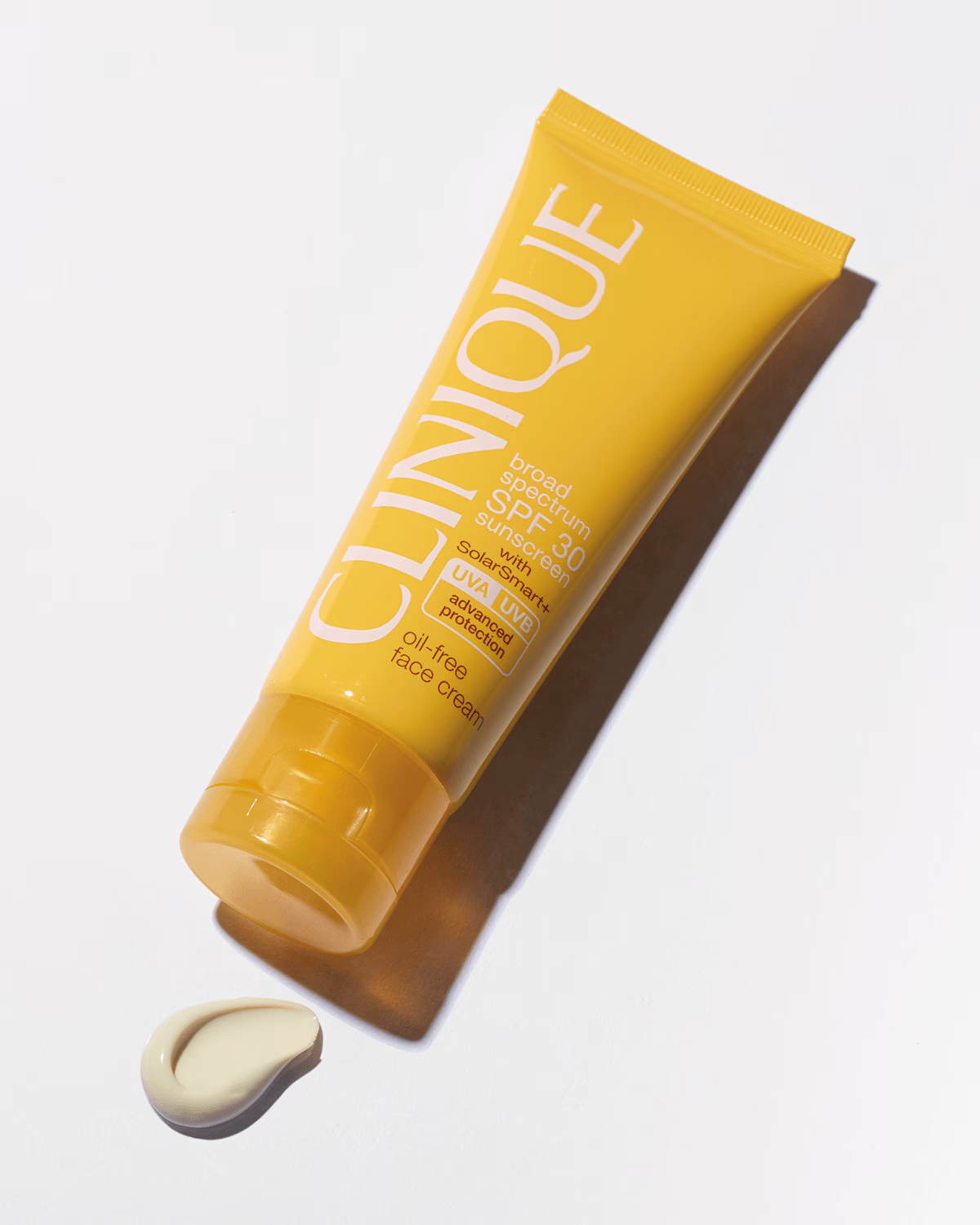
How Much to Use (Face, Neck, Ears) Without Guessing
Let’s make dosing visual and easy:
- Face alone: ~2 mg/cm² translates to roughly two-finger rule (a line of product from the base to the tip of your index and middle fingers) or ½ teaspoon for face + neck.
- Don’t forget: ears, hairline/part, back of the neck if exposed.
- Body days: a full shot-glass (~1 oz) for arms/legs/torso/back combined.
Apply to dry skin as the last AM step (after moisturizer, before makeup). Wait a minute or two before foundation so the film can set—this reduces pilling and improves wear.
Reapplication: The Real-World Strategy (Makeup-Safe)
Sunscreen isn’t a tattoo—it fades with time, sweat, oil, and touch. Reapply every two hours when outdoors, and after swimming or toweling off. Indoors all day with minimal window exposure? A solid morning application often suffices, but reapply if you’re heading out later.
Makeup on? Use one of these:
- Cushion method: Tap a small amount of liquid SPF over makeup with a clean sponge—thin, even layers win.
- Stick or compact: Glide gently over high points (forehead, nose, cheeks), then blend edges.
- Sprays/mists: Handy, but go slow and saturate—multiple passes at close distance, then pat in with clean hands.
Whichever path you choose, consistency beats perfection. Keep a Clinique Sunscreen Protection option in your bag, gym kit, and car console.
Water & Sweat Resistance: Gym, Pool, and Beach Days
“Water-resistant (40 or 80 minutes)” means the SPF holds to its labeled protection in water for that time window—after which you must reapply. If you’re running, swimming, or playing beach volleyball, pick a water-resistant Clinique Sunscreen Protection and reapply as directed. Towel-drying removes product; add a fresh layer immediately.
Pro move: set a phone timer for your water-resistance window. Reapply when it buzzes—future you will thank you.
Shop Clinique Sunscreen Protection
Under Makeup: Grip, Glide, and No-Pill Application
Think of SPF as your primer. For smooth makeup days:
- Moisturize (if you need it), then apply SPF generously.
- Wait 60–120 seconds until it feels softly set—neither wet nor squeaky.
- Use thin layers of base; avoid heavy silicone over silicone-rich SPF if you get pilling.
- Prefer powders? Let SPF dry fully; press powder gently rather than buffing.
Many Clinique Sunscreen Protection textures are purpose-built to play nicely with makeup, so you can keep your base routine minimal.
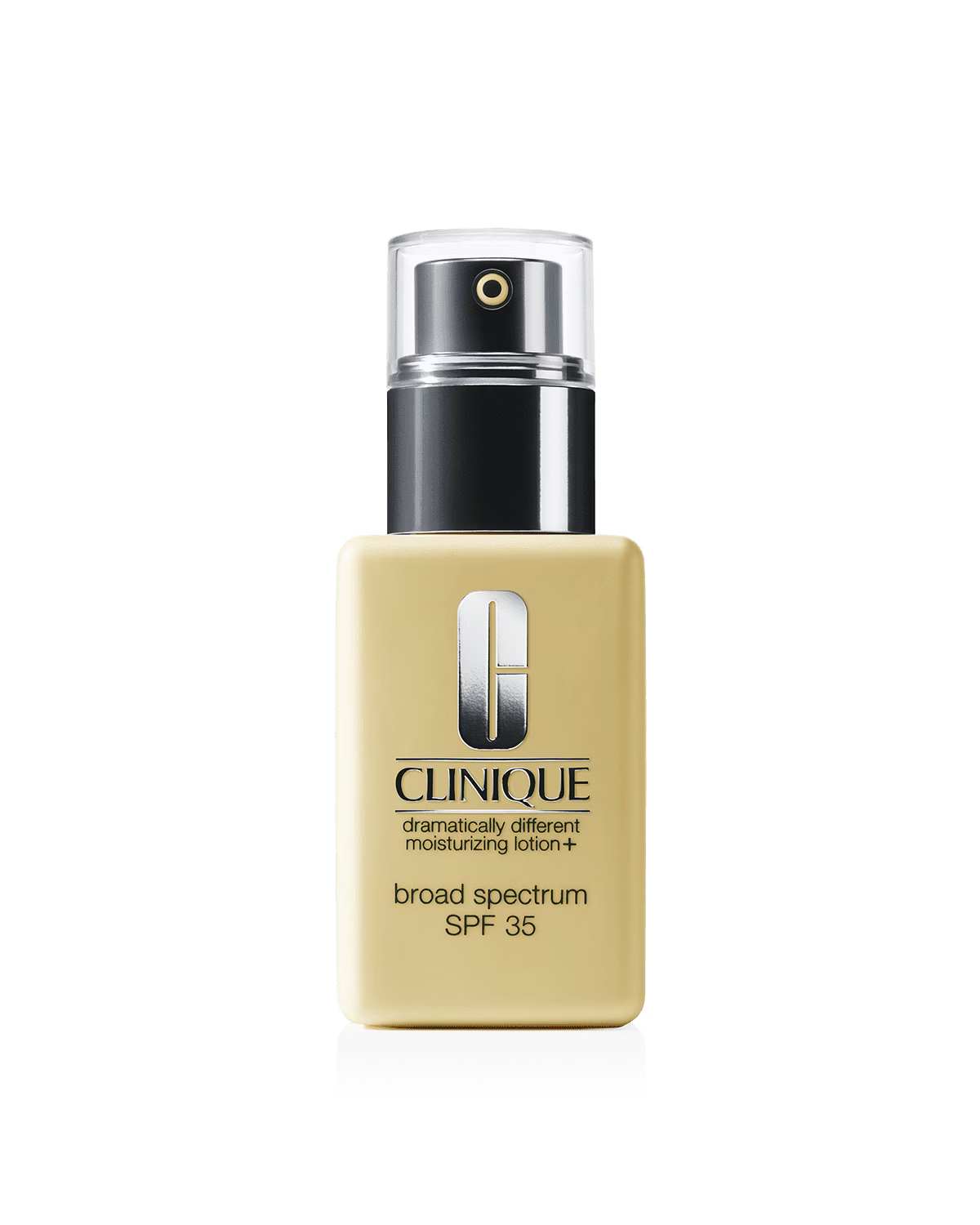
One Hybrid Block (Bullets + Guidance): Your SPF Checklist
- Broad spectrum: Non-negotiable. You want UVA + UVB.
- SPF 30+ daily; 50+ for peak exposure: Simple, scalable rule.
- Texture you love: If it feels great, you’ll wear enough of it.
- Right amount: Two-finger rule for face; shot-glass for body.
- Reapply: Every 2 hours outdoors; immediately after swimming/toweling.
- Complementary gear: Sunglasses, hats, shade breaks—SPF isn’t a force field.
- Storage: Cool, dry place; replace if texture/odor changes or if past PAO/expiration.
Stick this list in your notes app and you’ve basically solved sun care.
Shop Clinique Sunscreen Protection
Special Cases: Post-Treatment, Acne-Prone, and Sensitive Eyes
- Post-procedure / easily irritated: Favor mineral-heavy, fragrance-free options. Reapply gently—no rubbing.
- Acne-prone: Lightweight, non-comedogenic fluids that dry down clean (no slippery residue) are your friend. Remove fully at night to keep pores happy.
- Stingy eyes: Try mineral around the eye area, and avoid applying too close to the lash line. If you sweat a lot, use a sweatband or blot before activity.
Everyday US Scenarios (Choose-Your-Own Routine)
- Office & commute: SPF 30–50 that doubles as primer. Reapply with a compact or mist before your walk home or happy hour on a patio.
- Outdoor workout: Water-resistant SPF 50 on face, neck, ears, shoulders. Reapply mid-session if you sweat heavily.
- Beach day: Water-resistant SPF 50, reapply every 80 minutes or after each swim/towel. Don’t forget feet and backs of hands.
- Road trip: UVA comes through glass—wear SPF even if the AC is on and the sunroof is closed.
Myths, Debunked (Kindly)
- “I only need SPF at the beach.” UVA hits daily life, through clouds and windows. Daily means daily.
- “SPF 100 is twice as protective as 50.” In labs, protection increments flatten at the high end—and only if you apply enough. Technique matters more than chasing the biggest number.
- “Makeup with SPF is enough.” Great helper, rarely enough by itself. Use dedicated SPF under it.
- “Mineral always equals white cast.” Modern formulas are impressively sheer. Try hybrid/mineral tints that blend beautifully.
Remove Like a Pro (Your PM Cleanse)
Sunscreens are made to stick—remove them well. Double-cleanse on heavy SPF days: a gentle oil or balm to dissolve, followed by a water-based cleanser to finish. Skin should feel comfortable, not squeaky. This simple habit keeps pores clear and sets you up for consistent, calm skin.
Shop Clinique Sunscreen Protection
Storage, Expiration & Travel
Heat and light degrade filters. Keep tubes out of hot cars and direct sun (beach bags get toasty!). Most products list an expiration date or PAO (period after opening, e.g., “12M”). If the formula smells off, separates strangely, or the texture changed, replace it. For flights, decant into TSA-friendly sizes and keep a stick or mini in your personal item for touchdown reapplication.
Building Your Personal SPF Wardrobe (Two Bottles, Zero Stress)
You don’t need ten sunscreens; you need two:
- Everyday face SPF you love under makeup (lightweight, non-greasy).
- Water-resistant face & body SPF 50 for long, sweaty, or splashy days.
With those in reach from Clinique Sunscreen Protection, you’ll be covered from Monday meetings to Saturday hikes—and you’ll never have to overthink it again.
Conclusion
Great skin is mostly routine and a little strategy. Choose broad-spectrum SPF you enjoy wearing, use enough, and reapply when life asks more of it—heat, sweat, water, or hours in the sun. Keep one everyday texture that plays well with makeup and one water-resistant option for sport and beach days. Pair sunscreen with smart accessories (hats, sunglasses, shade) and remove it well at night. With Clinique Sunscreen Protection, the “hard part” becomes easy: reliable protection that fits how you actually live.
Shop Clinique Sunscreen Protection
FAQ
- How much SPF should I apply to my face?
Use the two-finger rule (two generous lines of product) or roughly ½ teaspoon for face and neck. Be sure to cover ears and hairline. - Do I need sunscreen if I’m mostly indoors?
Yes—UVA penetrates windows. If you truly have zero window exposure, a solid morning application may be enough; reapply if you go out. - Mineral or chemical—which is better?
Neither is “better” universally. Sensitive or post-treatment skin often prefers mineral; makeup lovers frequently enjoy the feel of lightweight chemical or hybrid formulas. Pick what you’ll wear generously and daily. - How do I reapply over makeup without ruining it?
Tap on a small amount of liquid SPF with a sponge, use a stick/compact, or apply a thorough SPF mist and pat in. Thin, even layers are key. - What about water resistance?
Choose water-resistant SPF (40 or 80 minutes) for sweat and swim. Reapply exactly as labeled and after toweling off. - Is SPF 50 always necessary?
For everyday desk-to-dinner life, SPF 30+ is solid—if you apply enough. For extended outdoor exposure, choose SPF 50. - Why does sunscreen pill under my foundation?
You may be layering too quickly or mixing silicones. Let SPF set 1–2 minutes, then apply thin layers of makeup. Adjust textures if needed. - Can sunscreen clog pores?
Look for non-comedogenic formulas and remove thoroughly at night. Many modern SPFs are designed to play nice with acne-prone skin. - When should I replace my sunscreen?
Check PAO/expiration. Replace if the smell, color, or texture changes—or if it’s been baking in a hot car. Fresh product = trustworthy protection.

